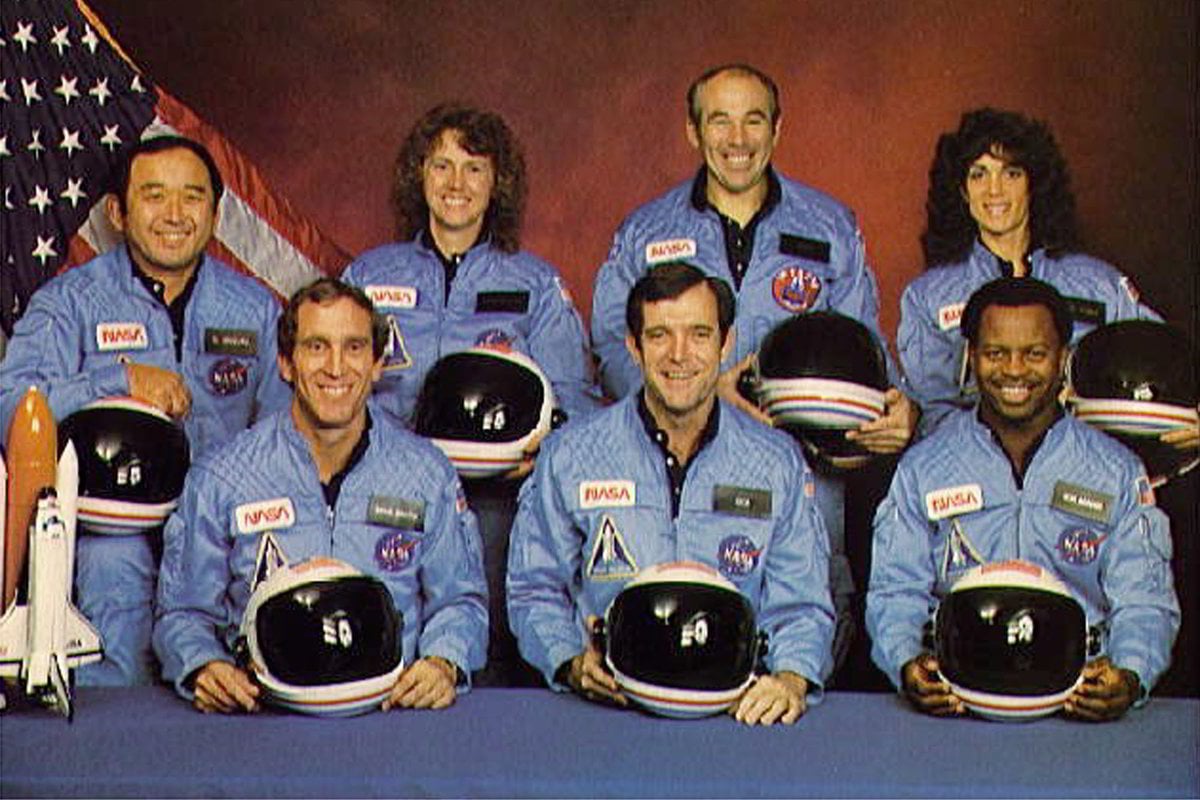
"I remember the quiet that took over the room. The TV being switched off. One of those ones on wheels. I remember teachers crying." — Emily Chaney.
It was 11.38am on January 28, 1986.
Millions of Americans, including thousands of school children, had gathered to watch the launch of the Space Shuttle Challenger on live television.
At the chilly Kennedy Space Center in Florida, crowds of friends and family waited for liftoff.
Watch the trailer for Challenger: The Final Flight below. Post continues after video.
It was supposed to be a momentous occasion. Not just for NASA, but for the entire future of space travel.
But within seconds, the seminal moment descended into chaos.
One minute and 13 seconds after liftoff, the Space Shuttle Challenger exploded over Florida.
On the ground, the crowd waiting for the launch watched on in complete disbelief.
"Flight controllers here are looking very carefully at the situation. Obviously a major malfunction," the NASA launch commentator said, as pieces of the shuttle fell over the Atlantic Ocean.

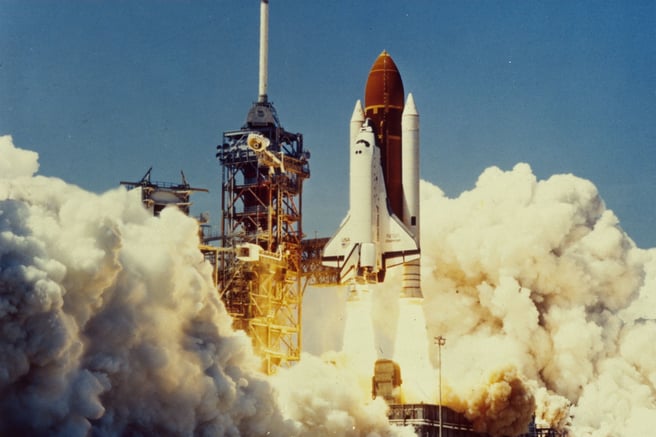
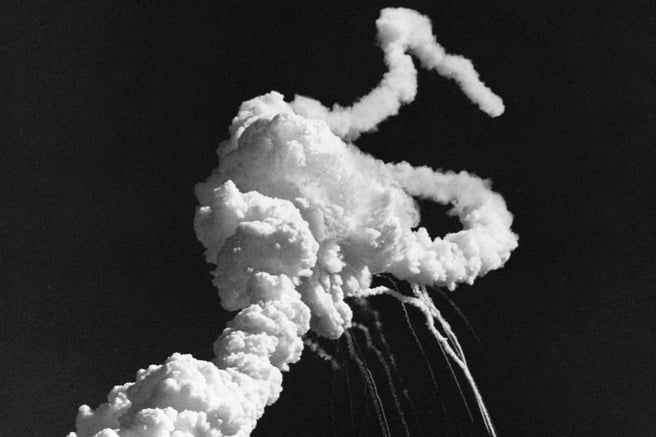
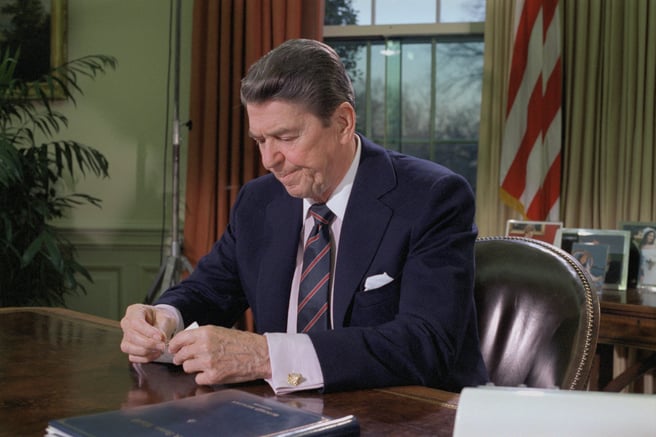
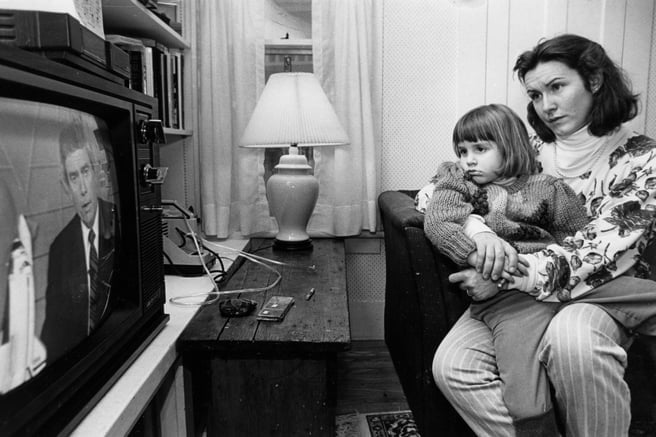
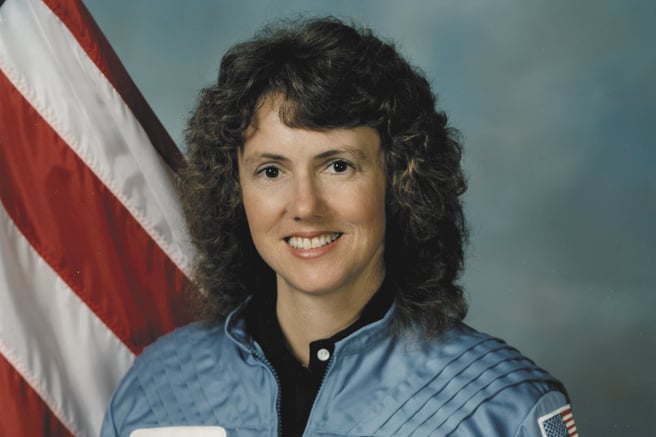
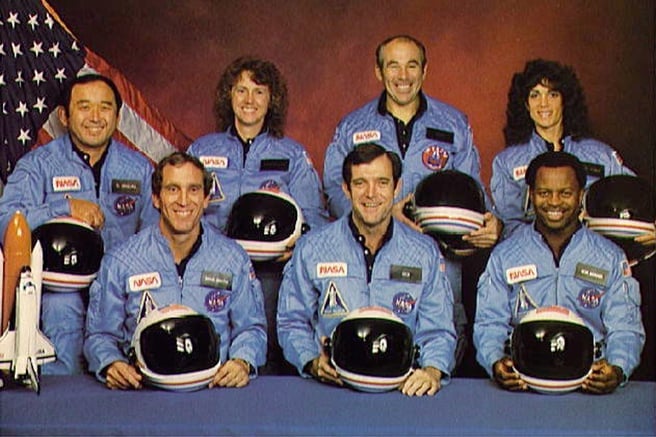
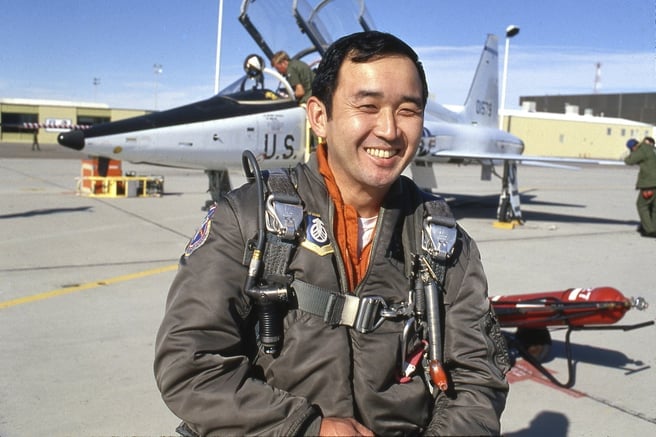
Top Comments